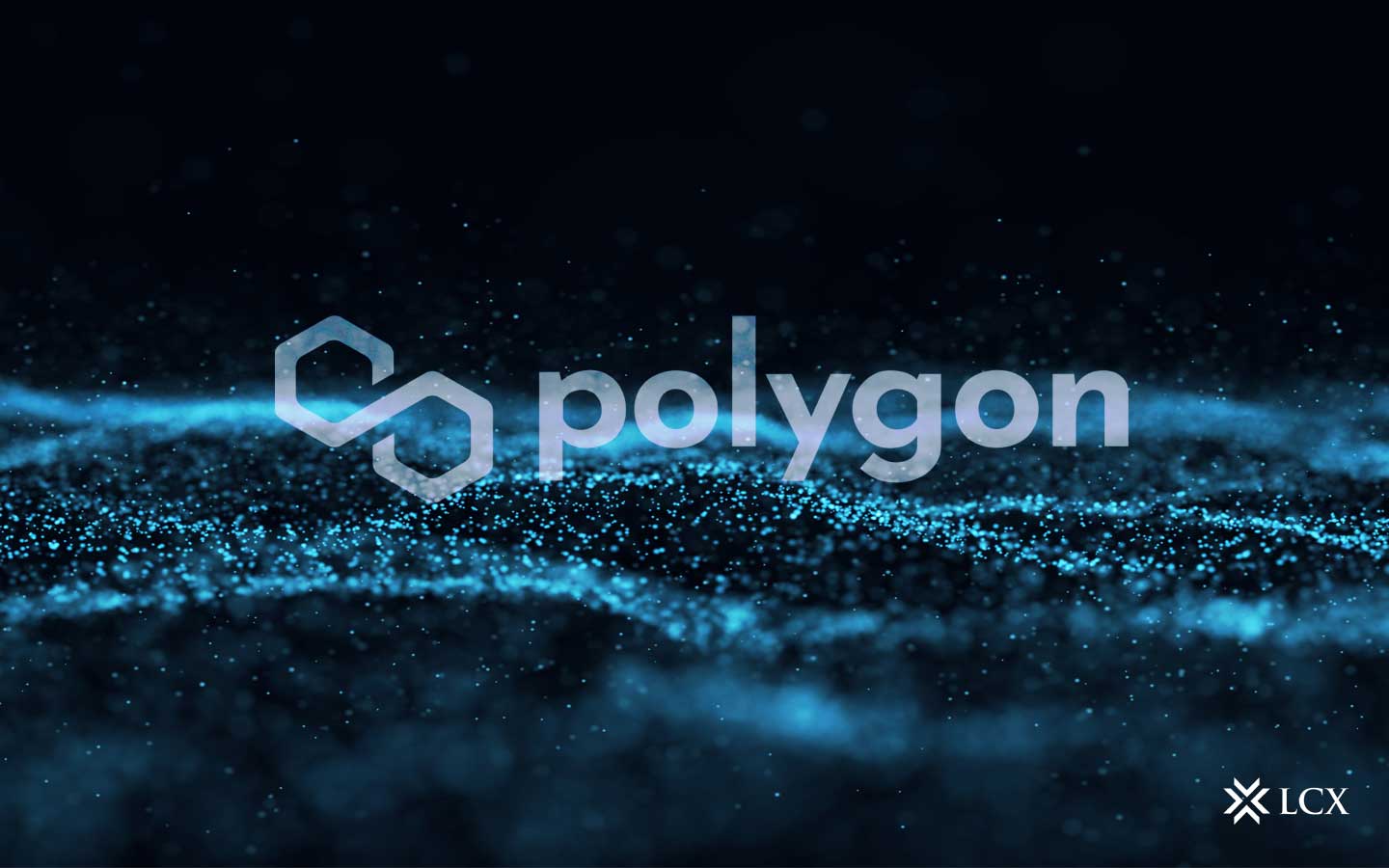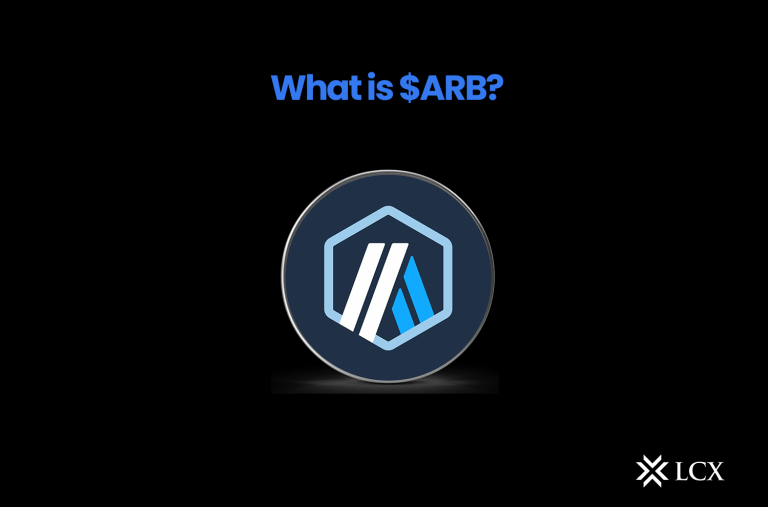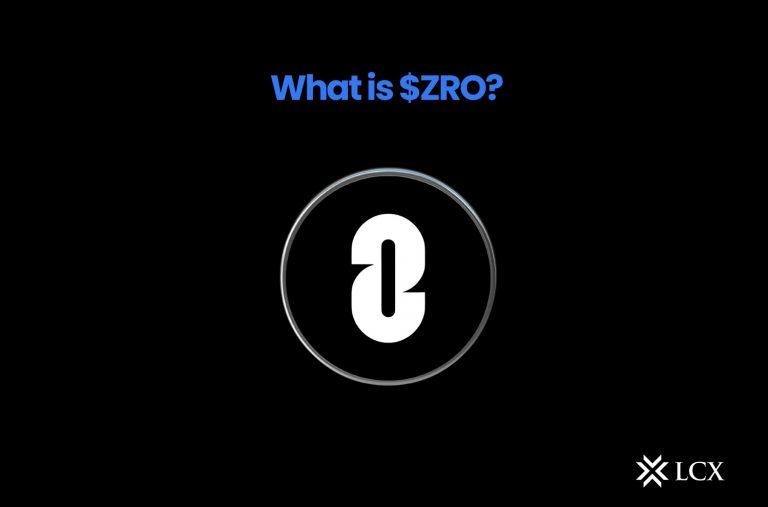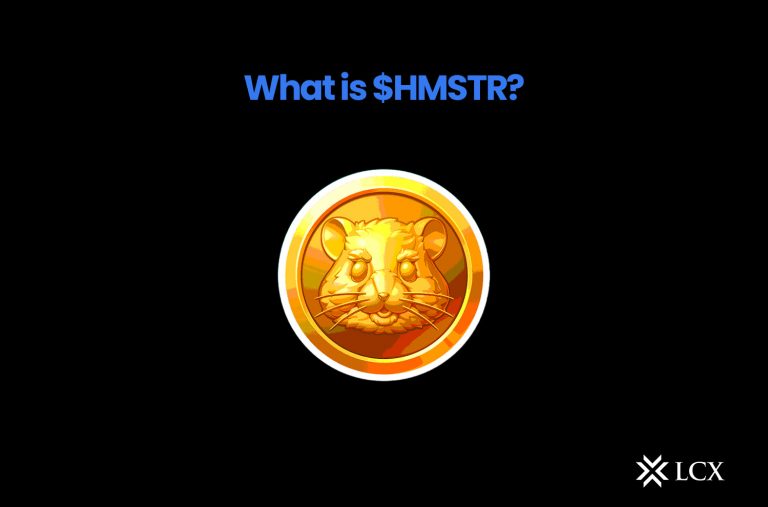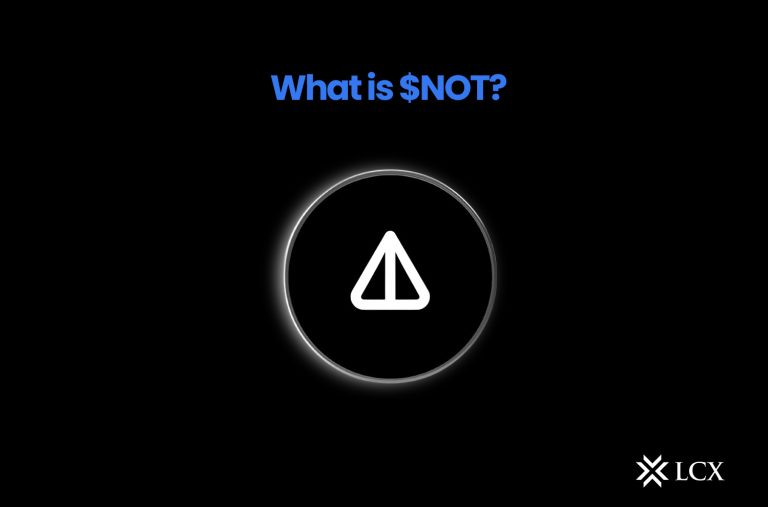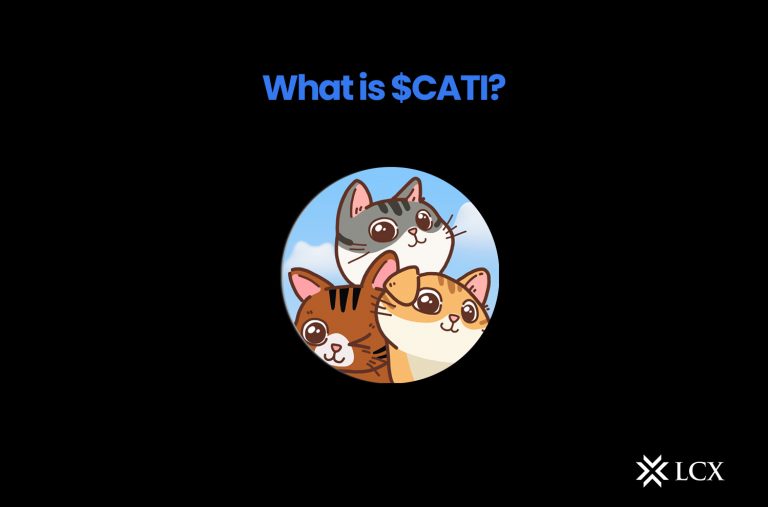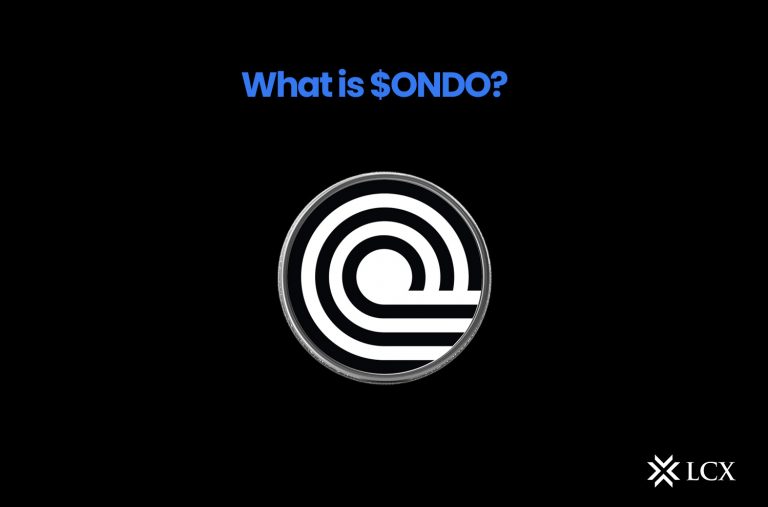Polygon is a platform designed to support infrastructure development and help Ethereum scale. Its core component is a modular, flexible framework (Polygon SDK) that allows developers to build and connect Layer-2 infrastructures like Plasma, Optimistic Rollups, zkRollups, and Validium and standalone sidechains like the project’s flagship product, Matic POS (Proof-of-Stake). Polygon rebranded from Matic Network in February 2021 and pivoted towards supporting multiple Layer-2 infrastructure. It will continue to support the Matic POS sidechain and Plasma-based payment system, which currently hosts over 90 applications.
Trade $MATIC at LCX Exchange
Sign InWhat Is Matic Token By Polygon?
MATIC, the native token of Polygon, is an ERC-20 token running on the Ethereum blockchain. The tokens are used for payment services on Polygon and as a settlement currency between users who operate within the Polygon ecosystem. The transaction fees on Polygon sidechains are also paid in MATIC tokens. It has a total supply of 10 Billion tokens.
How $MATIC Works?
Matic Token is designed to be a utility token which functions as the unit of payment and settlement between participants who interact within the ecosystem on the Matic Network. Matic Tokens are expected to provide the economic incentives to encourage participants to contribute and maintain the ecosystem on the Matic Network. Computational resources are required for performing various functions on the Matic Network such as validating blocks and publishing proofs, thus providers of these services / resources would be rewarded with Matic tokens for providing these resources to the network (i.e. “mining” on the Matic Network) to maintain network integrity.
Uses of $MATIC
- Fees – MATIC token’s primary use case is to pay for the transaction fees in the network. The token is designed to be a utility token that functions as the unit of payment and settlement between participants who interact within the Polygon ecosystem.
- Staking – Matic sidechains enforce consensus using a Proof-of-Stake (PoS) layer in which network participants stake MATIC to participate as validators and earn staking rewards. Computational resources are required for performing various functions on the Polygon Network, such as validating blocks and publishing proofs. MATIC inflation serves to reward these resource providers to bootstrap security and maintain network integrity.
